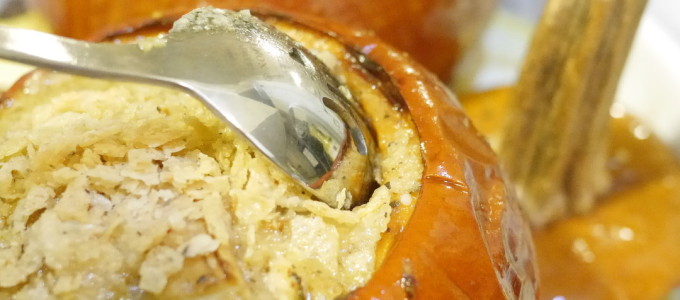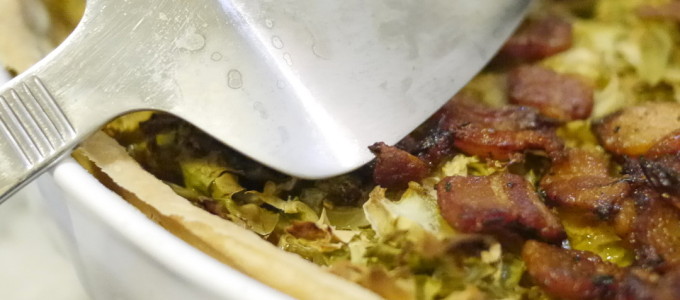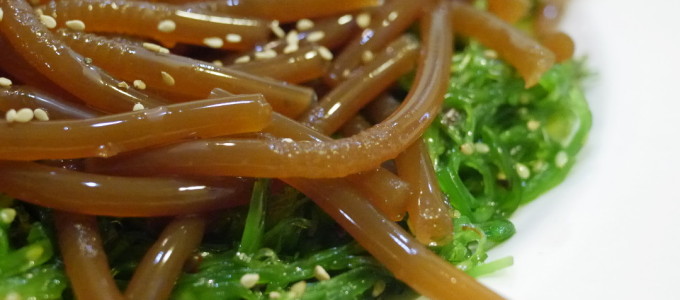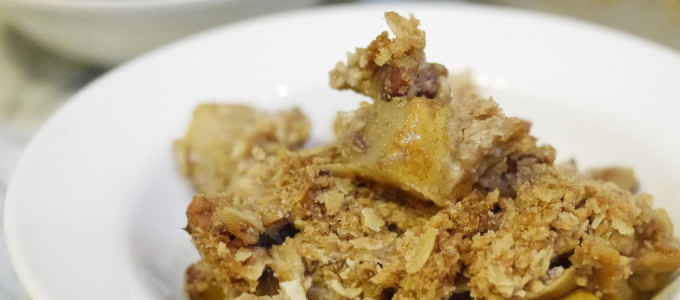If you’re wondering where I’ve been (dear readers!), the answer is otherwise occupied. The past two weeks have been overflowing with grading, and more grading, and a plethora of projects that spread their tendrils like a delicate blue-cheese penicillium into every crack and crevice of my free time. At least one of those projects is food related, however, and based on some research I’ve done for it, here is one observation.
There are a few standard rhetorical moves that food bloggers — including myself — make when introducing lacto-fermentation to their audience:
- The broad call to history and tradition: “This is a technique as old as time itself, that has sustained humanity through its harshest winters when it would otherwise have starved. I want you to feel — FEEL — that connection, people.”
- The call to family history: “This is a wholesome food, and I know it’s wholesome because it’s something that my great grandmother would have eaten with relish.”
- The call to ethnic heritage: “My family is from Lithuania, so when I think of sauerkraut, I think of old men in suspenders, up to their elbows in cabbage, smoking cigars on the porch on Sunday afternoon.”
- The health claim: “I’m no doctor, I’ll admit, but after eating these peachy fermented green beans for a month, the knot in my back unclenched and my singing voice improved!”
- The moral claim: “By doing this, we’re saving the environment and sparing our children from a gut bereft of beneficial bacteria. Won’t somebody please think of the children?”
- The foodie claim: “Michael Pollan
 / Sandor Katz
/ Sandor Katz / Sally Fallon
/ Sally Fallon / whoever else all but demand that we ferment!”
/ whoever else all but demand that we ferment!”
- The disclaimer: “I know that this sauerkraut looks funky. But it tastes fun-KAY!” Or: “I swear guys, lacto-fermentation won’t kill you.”
The thing about all of these moves is that while they have their place and while, in a limited way, they describe some of the reasons we ferment, they are not comprehensive. It turns out that folks practice lacto-fermentation for all kinds of reasons. And while health, morality, or tradition may play some role, practical concerns — like the question of what to do when your neighbor gives you a bale of kale — are at least as important. It seems only right that deliciousness and the thrifty thrill of a homemade salty snack often win the day over loftier ideals.
There’s no particular judgment here. Like I said, I have engaged in many of these rhetorical moves, and I stand by the idea (for example) that lacto-fermentation is worth doing because it connects us to our common humanity. But I can’t eat common humanity, whereas I’ve got a great big inviting jar of pickled turnips waiting right over there.





